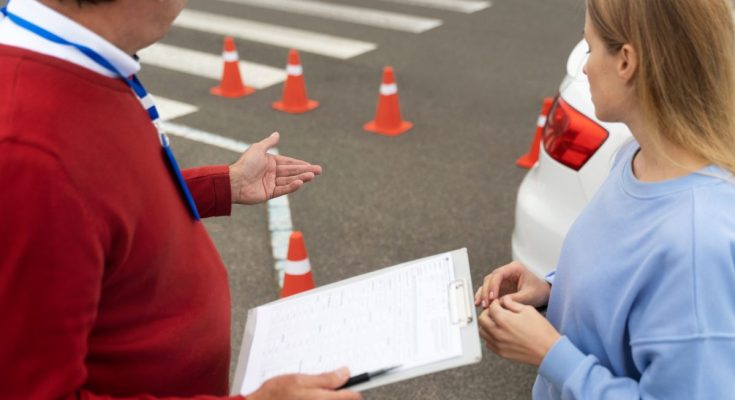Every successful construction or infrastructure project demands more than just skilled labor and materials—it requires precise planning to manage how traffic will be affected. Whether you’re working in a city center, on a major highway, or near a residential area, choosing the right traffic control solutions is essential for safety, efficiency, and compliance.
Why Traffic Control Matters
Traffic control isn’t just about cones and signs. It involves a full range of strategic services designed to protect workers, guide drivers, and reduce disruption to the public. The right solution can help prevent accidents, avoid delays, and keep your project on schedule.
Step-by-Step Guide to Choosing the Right Traffic Control Solution
1. Assess the Project Scope and Location
The first step is to evaluate the size of your project and its setting:
- Is it a short-term or long-term project?
- Is the work occurring in an urban, suburban, or rural area?
- Will it affect pedestrians, cyclists, or public transportation?
Understanding these details helps tailor a traffic control plan that fits your specific needs.
2. Evaluate the Level of Risk
Some environments are inherently riskier than others. High-speed roads, school zones, and high-traffic intersections require more robust traffic control measures. In such cases, you’ll need advanced planning and potentially more personnel to manage safety and compliance.
3. Identify Required Permits and Regulations
Local and state governments often require permits for road work and related traffic control activities. These regulations can vary significantly depending on the location and type of work being performed. Ensuring your plan aligns with legal standards is non-negotiable.
What to Look for in a Traffic Control Service Provider
1. Experience and Expertise
Choose a company with a proven track record in your type of project. Their experience will ensure they understand how to navigate permits, environmental factors, and the specific risks of your site.
2. Custom Solutions
Every project is unique. A one-size-fits-all approach can lead to inefficiencies and safety hazards. Look for providers who offer customized traffic control plans, tailored to your project’s complexity and needs.
3. Comprehensive Services
From flagging and signage to barrier installation and detour design, ensure the company offers end-to-end services. This saves time and improves coordination.
4. Reliable Equipment and Personnel
Ensure the company provides trained, certified personnel and maintains high-quality equipment. Faulty signs or undertrained flaggers can create more problems than they solve.
The Role of Professional Providers
Companies like Salus Traffic Control Solutions specialize in delivering professional, scalable services tailored to various types of projects. Their experience ensures that both planning and on-the-ground execution meet industry standards, minimize risk, and support smooth operations from start to finish.
Making the Final Decision
To make the best choice:
- Compare multiple providers based on service range, reviews, and past projects.
- Ask for a detailed quote and a preliminary traffic control plan.
- Discuss your project timeline and ensure the provider can meet your deadlines.
Conclusion
Choosing the right traffic control solutions is more than a checkbox—it’s a strategic decision that affects the safety, efficiency, and reputation of your entire project. By carefully assessing your needs and working with reliable professionals like Salus Traffic Control Solutions, you can ensure your work site runs smoothly, safely, and within legal guidelines.


